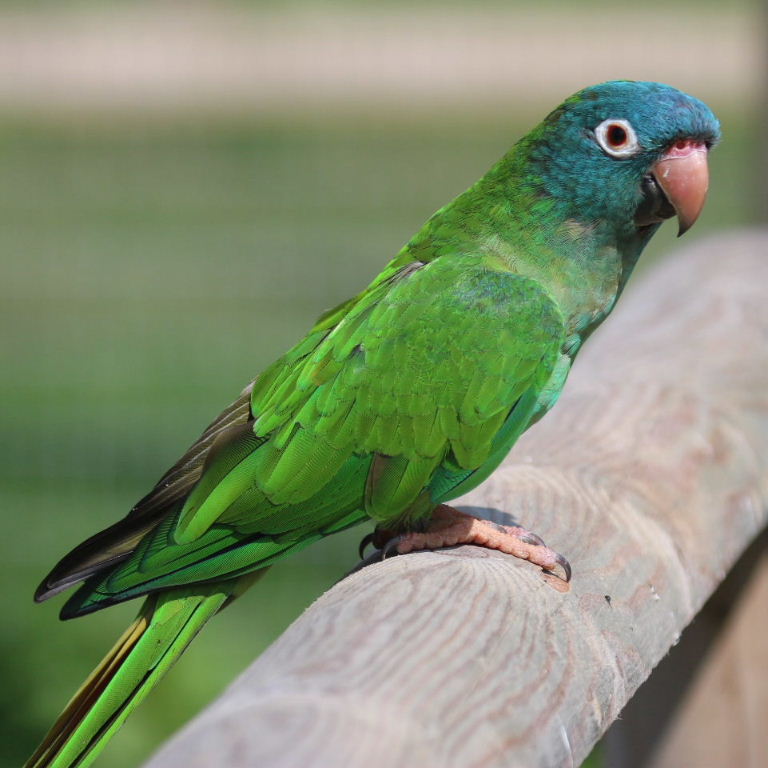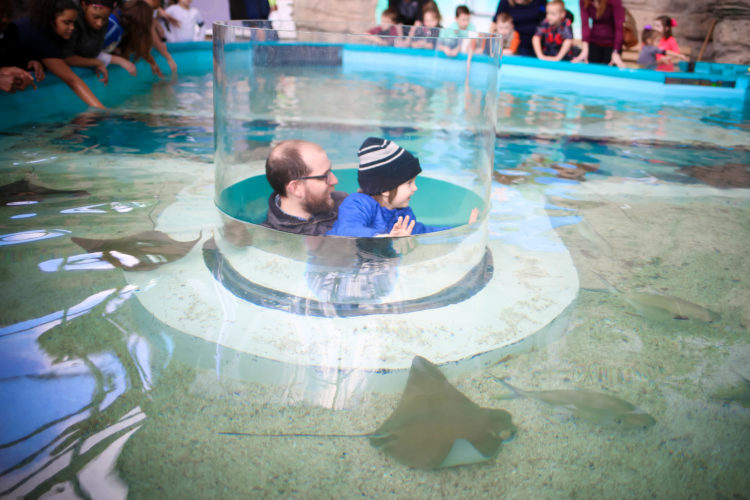 The Newport Aquarium is located at the Newport Levee, which sits on the Ohio River in Newport, Kentucky. Directly across the bridge from Cincinnati, Ohio, it is often referred to as Cincinnati’s best, hidden attraction. On one lazy Sunday afternoon, just a few weeks ago, my family took a trip to visit this wonderful aquarium.
The Newport Aquarium is located at the Newport Levee, which sits on the Ohio River in Newport, Kentucky. Directly across the bridge from Cincinnati, Ohio, it is often referred to as Cincinnati’s best, hidden attraction. On one lazy Sunday afternoon, just a few weeks ago, my family took a trip to visit this wonderful aquarium.
The Newport Aquarium is designed to be the center of the Newport Levee, and understandably brings in the majority of visitors to the Levee, but due to this fact the Levee is built around the Newport Aquarium making it difficult for direct access to the aquarium. You must first walk through the rest of the Levee to reach the aquarium, with small children, or elderly adults this is not always an easy task.
Admission prices to the Newport Aquarium are average for an aquarium of its size. Children under two are admitted free, while an adult admission is $17.95, seniors over the age of 65 are $15.95, and children ages 3 to 12 are $10.95. You can also purchase discounted tickets at Cincinnati area Kroger Stores. Groups of ten or more are eligible for advanced purchase discounted tickets.
Annual Passes are also available for purchase, and are $33.90 for an adult, $29.90 for a senior, and children ages 3 to 12 are $19.90. If you plan to visit more than once the annual passes are the way to go.
In the winter time months, when business is slow, they do offer Family Fun Days, where children are admitted to the aquarium for free. We also visited during Family Fun Days this past winter, and it was very busy. Strollers are not usually welcome at the aquarium, but during this time period they are. I was also worried about having to carry our coats through the aquarium, as it was snowing the day we went, but when we arrived there was a well-attended coat check.
In addition to Family Fun Days, they also run other promotions throughout the year, such as Ghosts of Pirate Cove. During Ghosts of Pirate Cove, which runs from October 20 to October 31, up to four kids in costumes get in for $5 with a full-price adult admission. For more information on Newport Aquarium promotions you can visit their website.
The Newport Aquarium boasts over 70 exhibits sure to delight everyone in the family. Visitors are drawn to the Surrounded by Sharks exhibit. In this exhibit you will wind your way through acrylic tunnels that measure 85 feet in length, and take you through the 385 thousand gallon shark tank. This exhibit is home to Scooter and Sweet Pea, two very rare Shark Rays, who are members of the only Shark Ray breeding program in existence. In addition to viewing the sharks, there is also an interactive area for kids that allow them to pet a shark, and a scale that allows them to see how much they weigh compared to a shark.
In addition to petting sharks, children are also given the opportunity to pet other aquatic creatures such as stingrays, horseshoe crabs, starfish, and more.
Another crowd favorite is the ‘Gator Bayou. Set on the bayou, you will feel like you are at the swap in this exhibit, which is home to alligators, turtles, and fish. Clear acrylic windows in the floor of the exhibit allow you to view the alligators from all angles, which are a pleasure, as the Newport Aquarium is now home to seven new baby American Alligators.
Perhaps my daughter’s favorite exhibit was the Hidden Treasure’s of the Rainforest Island Exhibit. While you will find everything from endangered Asian small-clawed otters to a Burmese Python in this exhibit, she enjoyed the free-flying Lorikeets in this exhibit, who visitors have the opportunity to feed.
And of course my four-year-old son was mesmerized by the Kroger Kingdom of Penguins exhibit. We were able to witness feeding time for the penguins, and it was an amazing experience. The aquarium has stadium-style seating at this display, and it makes for easy viewing of this exhibit, as children tend to want to linger here, watching the penguins play.
Halfway through your visit to the aquarium you will come across Sharky’s Café. With a variety of food to choose from it is a great place to stop, and take a break during your visit.
When your visit comes to an end, you will exit the aquarium through the Underwater Trading Gift Shop. This is a quaint gift shop, with lots of nice souvenirs in a variety of price ranges. As we were exiting the aquarium, we were also asked to go to a computer terminal to fill out a short survey about our visit. I am sure not every guest is asked to do this, and this is a completely optional task.
As we were walking to the car the four toughest critics I know, my children, gave their visit to the aquarium raving reviews. We have already visited the Newport Aquarium three times, and I am sure we will eventually return for a fourth visit if not a fifth, sixth, and seventh visit as well.
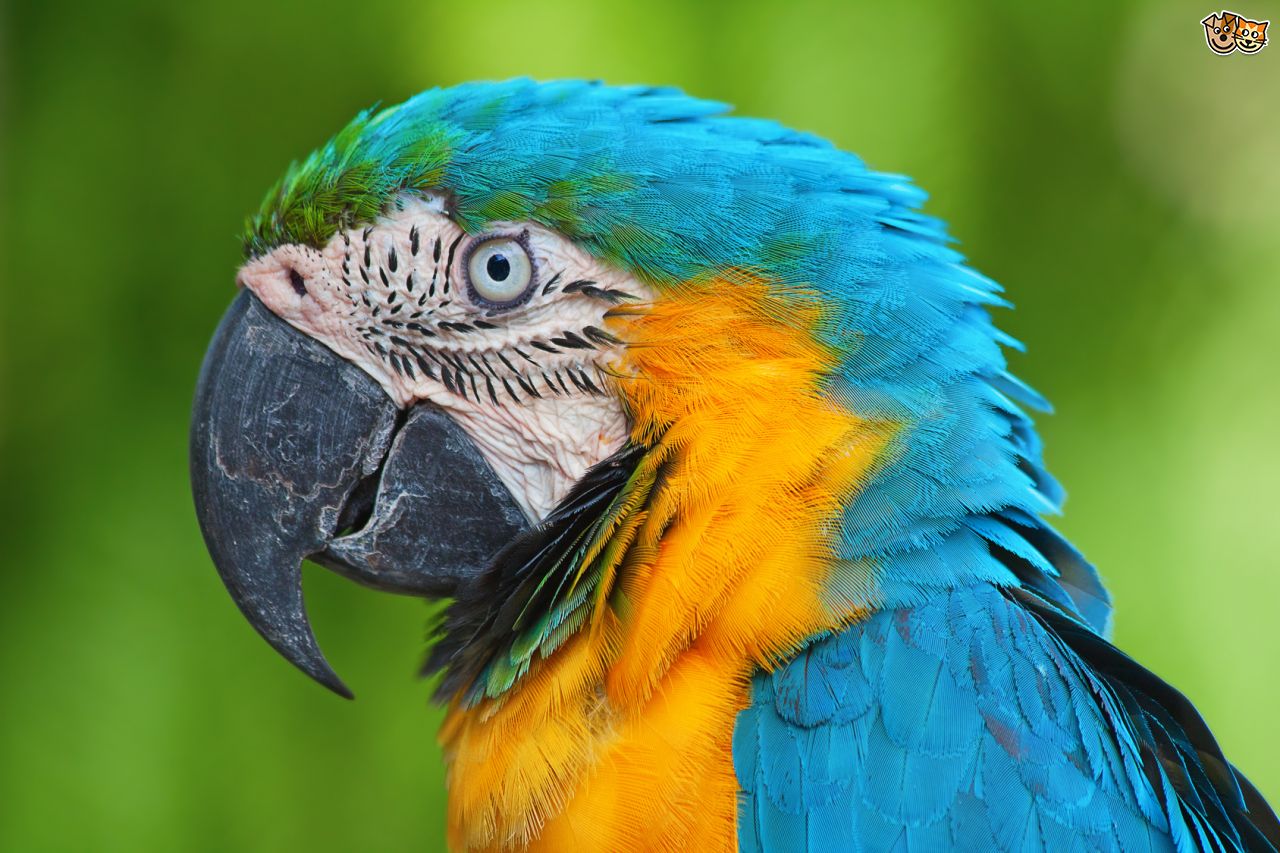
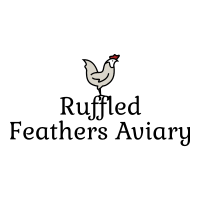
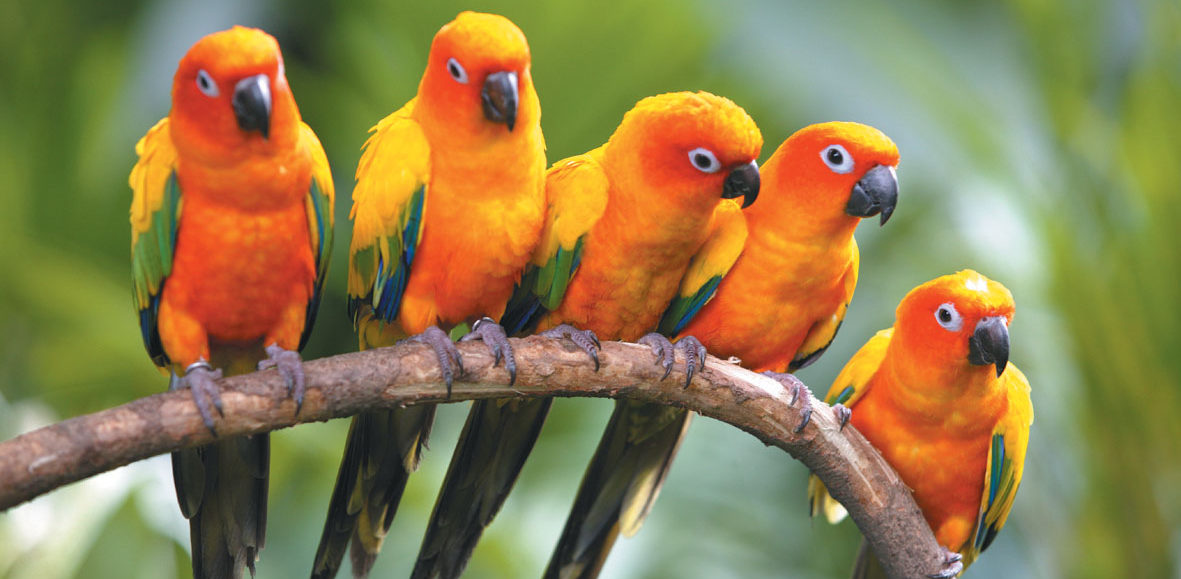
 So you’ve decided to buy the
So you’ve decided to buy the 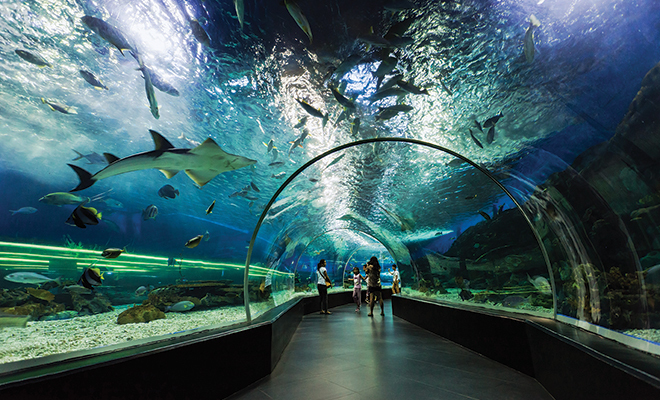 At Shedd Aquarium you will be transported to a whole new underwater world. Their are many exhibits to view and enjoy at Shedd Aquarium. The admission into Shedd Aquarium is for non members $24.95 adults and ages 3-11 $17.95. This is a low price for all the amazing exhibits that you will see in Shedd Aquarium. In the Caribbean Reef exhibit you will see the underwater world from 360 degree angles. Sharks and green turtles inhabit this exhibit and also many other marvelous reef creatures like the parrot fish and the moray eel and rays. This exhibit is amazing because it actually surrounds you in a circular fashion and makes you feel as if you are part of the reef.
At Shedd Aquarium you will be transported to a whole new underwater world. Their are many exhibits to view and enjoy at Shedd Aquarium. The admission into Shedd Aquarium is for non members $24.95 adults and ages 3-11 $17.95. This is a low price for all the amazing exhibits that you will see in Shedd Aquarium. In the Caribbean Reef exhibit you will see the underwater world from 360 degree angles. Sharks and green turtles inhabit this exhibit and also many other marvelous reef creatures like the parrot fish and the moray eel and rays. This exhibit is amazing because it actually surrounds you in a circular fashion and makes you feel as if you are part of the reef.
 Building your own home aquarium can be quite an accomplishment and something that you’ll be proud to show off to friends and family. This do-it-yourself project is not too difficult once you have the basic instructions and all of your supplies. However, it will take several days to complete the project.
Building your own home aquarium can be quite an accomplishment and something that you’ll be proud to show off to friends and family. This do-it-yourself project is not too difficult once you have the basic instructions and all of your supplies. However, it will take several days to complete the project.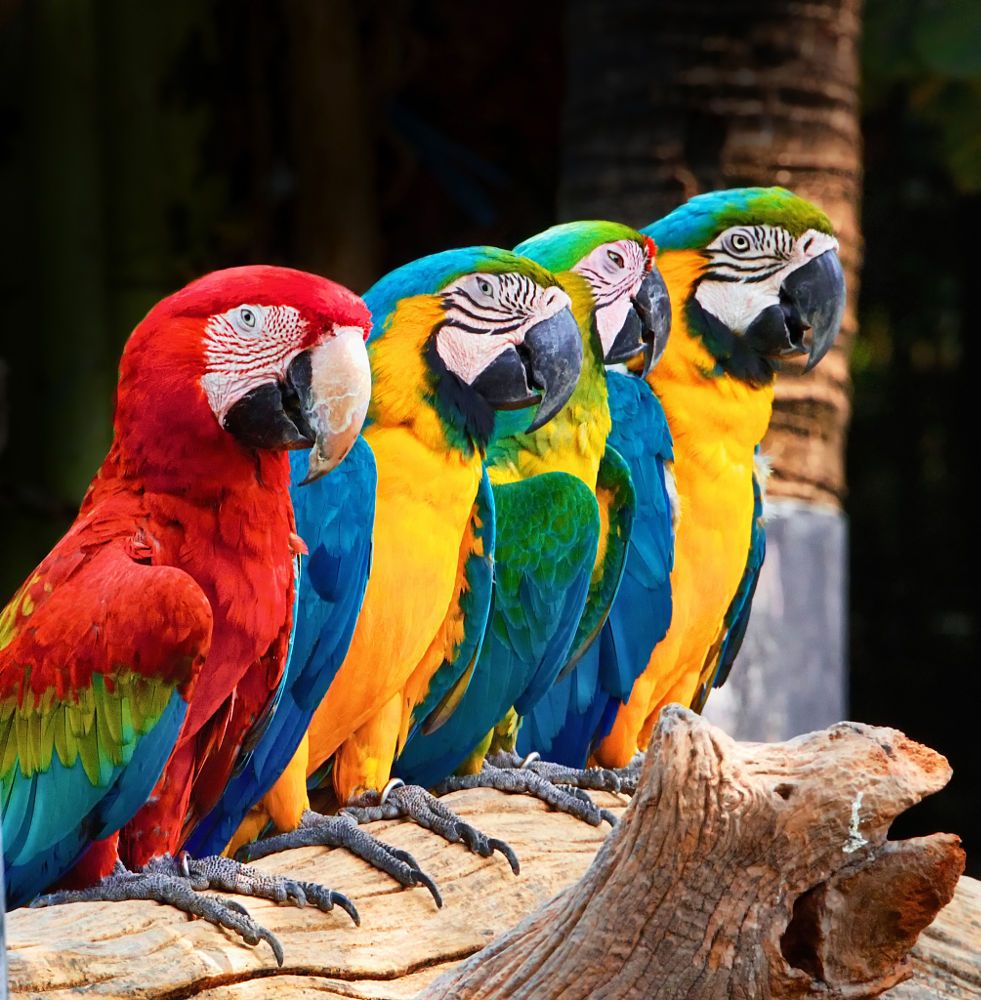
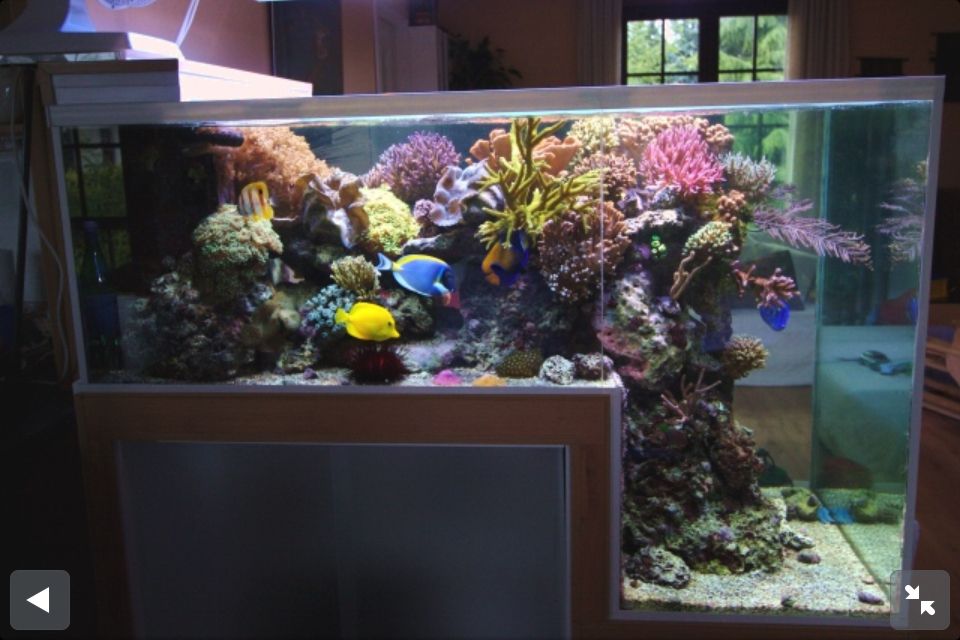 Adding a coral reef to your home marine aquarium is an interesting way to vary the environment while also giving you a good look at the calcification process. The algae that live inside the aquarium’s coral are actually a necessary part of its ecosystem. Through photosynthesis, these algae convert calcium bicarbonate and allow the coral reef to grow itself. For this process to occur, certain conditions must be present in the aquarium. The intensity and spectrum of light is the most important of these environmental conditions. Here are a few tips on using coral in your
Adding a coral reef to your home marine aquarium is an interesting way to vary the environment while also giving you a good look at the calcification process. The algae that live inside the aquarium’s coral are actually a necessary part of its ecosystem. Through photosynthesis, these algae convert calcium bicarbonate and allow the coral reef to grow itself. For this process to occur, certain conditions must be present in the aquarium. The intensity and spectrum of light is the most important of these environmental conditions. Here are a few tips on using coral in your  The Newport Aquarium is located at the Newport Levee, which sits on the Ohio River in Newport, Kentucky. Directly across the bridge from Cincinnati, Ohio, it is often referred to as Cincinnati’s best, hidden attraction. On one lazy Sunday afternoon, just a few weeks ago, my family took a
The Newport Aquarium is located at the Newport Levee, which sits on the Ohio River in Newport, Kentucky. Directly across the bridge from Cincinnati, Ohio, it is often referred to as Cincinnati’s best, hidden attraction. On one lazy Sunday afternoon, just a few weeks ago, my family took a 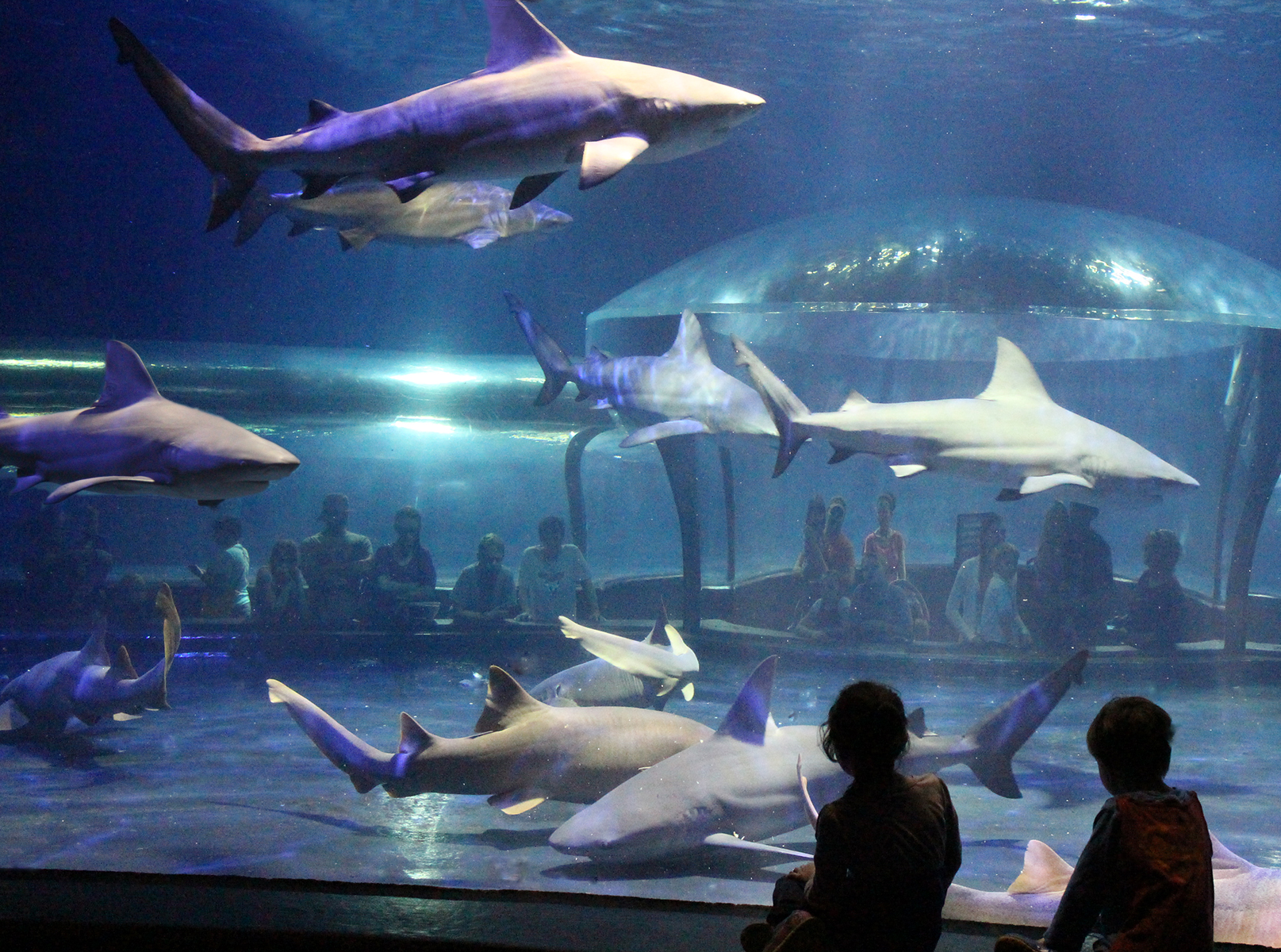 In a town called Jenks, Oklahoma, you will find the Oklahoma Aquarium. This is a suburb of Tulsa. We recently visited this aquarium with our children. They had a great time!
In a town called Jenks, Oklahoma, you will find the Oklahoma Aquarium. This is a suburb of Tulsa. We recently visited this aquarium with our children. They had a great time!